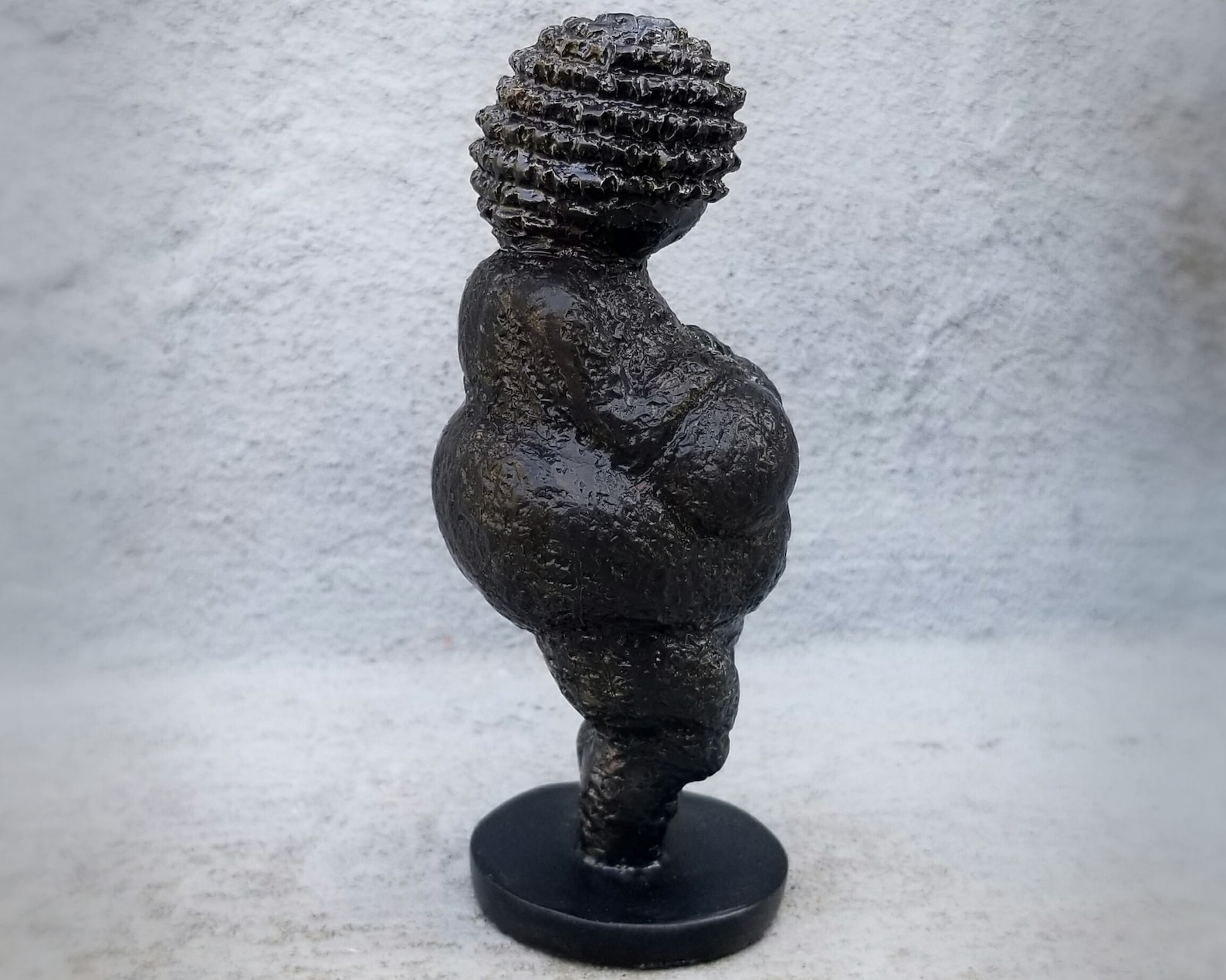
Vénus de Willendorf statue de la déesse de la fertilité art Etsy France
Pamlico County (1872) Settled in the early-eighteenth century by Welsh, Swiss, French, English, and German immigrants, Pamlico County was originally occupied by the Algonquian and Pampticoe (or Pamlico). These tribes referred to their land as "TaTaku" or "where the land and the sea meet the sky.". The Pamlico tribe nearly dissipated.
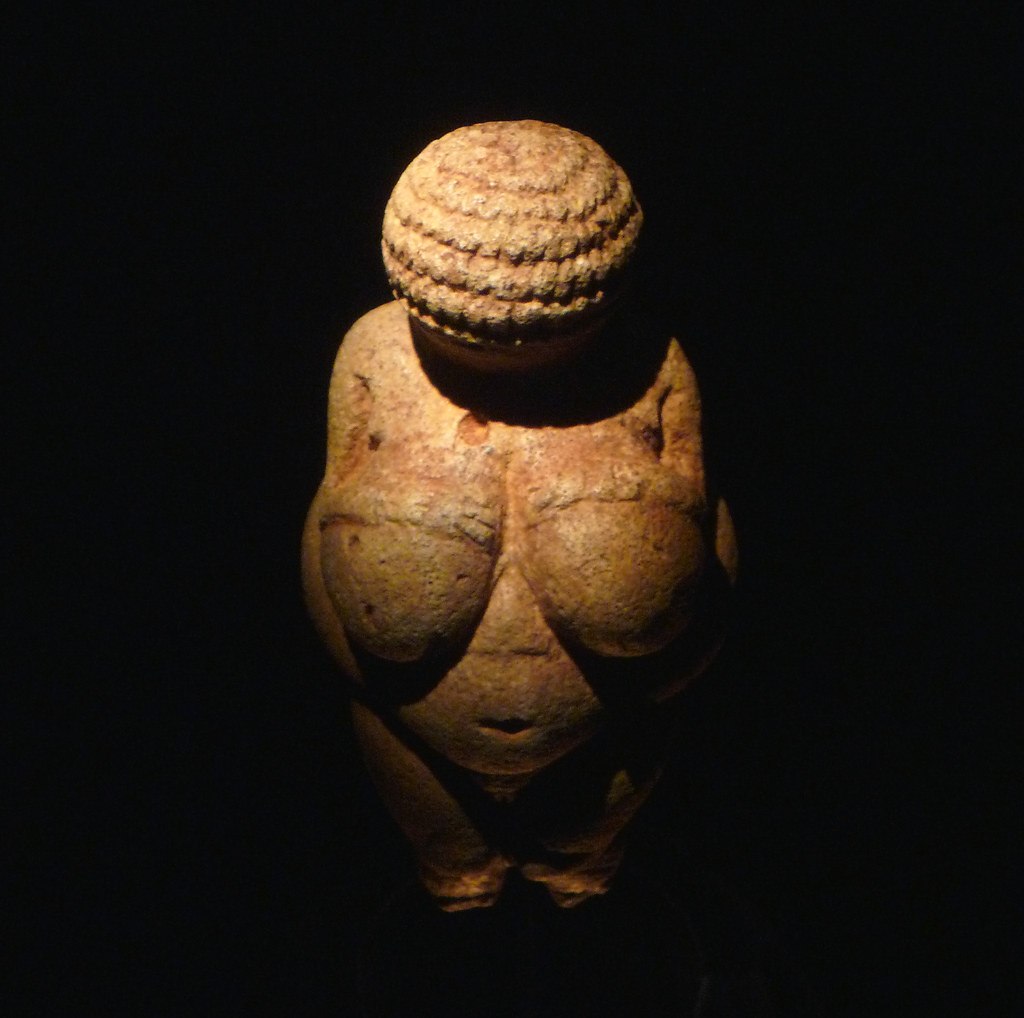
All sizes Venus of Willendorf, Looking Down Flickr Photo Sharing!
Art of the Upper Paleolithic. The Venus of Willendorf, also known as the Woman of Willendorf, is an 4 3/8 inches high statuette of a female figure estimated to have been made between 24,000 BC - 22,000 BC. It was discovered in 1908 by archaeologist Josef Szombathy at a paleolithic site near Willendorf, a village in Lower Austria near the city of Krems..

Vênus de Willendorf
Het bijna 11 centimeter hoge Venusbeeldje van Willendorf is een van de belangrijkste voorbeelden van vroege kunst in Europa. Het beeldje is gemaakt uit oöliet, een gesteente dat niet gevonden wordt in of in de buurt van Willendorf, een dorp in Neder-Oostenrijk.

Venus of Willendorf Ice Age Great Mother Goddess Statue Designed by Oberon Zell 4.75 Inch Tall
The Venus of Willendorf, c. 24,000-22,000 BCE, in the Naturhistorisches Museum Wien, Austria. The object commonly known as the Venus of Willendorf is a small (11.1 cm high) stone sculpture of a corpulent nude woman. Carved in the round — it is fully three-dimensional — created from a type of limestone called oolite, the figure has a.

Venus of Willendorf II reconstruction. Photo Don Hitchcock 2008, Canon Source Vienna Natural
The Venus of Willendorf is a piece of Upper Paleolithic art, at 11.1 centimeters (4.4 inches) tall, estimated to have been created around 28,000-25,000 BC. The figurine was made from oolitic limestone and tinted with red ochre pigment. It was found near Willendorf, Austria at a Paleolithic site on the 7th of August in 1908 by Johann Veran or Josef Veram, from excavations conducted by.

ArtStation The Venus of Willendorf Resources
What Did the Venus of Willendorf Originally Represent? Similar Stone Age figurines of women with enlarged breasts, protruding stomachs and ample hips have been found across Europe and Eurasia. Their purpose and who created them have long been archaeological mysteries clouded by bias. By Joshua Learn Mar 5, 2021 7:00 AM The Venus of Willendorf.

La misteriosa Venere di Willendorf cosa significa? Storia antica
The almost 11-cm-high Venus figurine from Willendorf (Austria) is one of the most important examples of early art in Europe. It is made of a rock called oolite that is not found in or around.
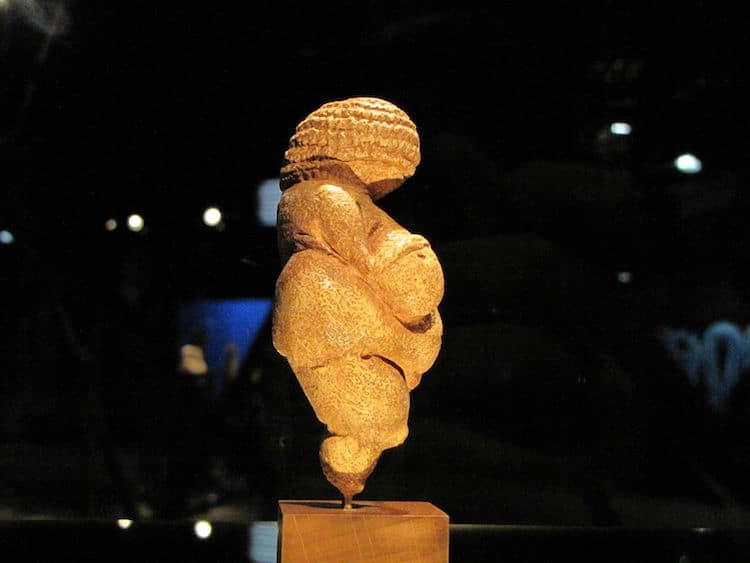
Venus of Willendorf A 30,000YearOld Figurine That Continues to Captivate
Found in Willendorf, Austria in 1908 CE, the Venus of Willendorf is a limestone statuette likely carved between 24,000 and 22,000 years ago, making it one of the oldest pieces of art in the world. The faceless, voluptuous, female figure is considered typical of this type of pre-historic art though surviving examples are rare.

VENUS VAN WILLENDORF Beeldje / 59 inch 15 cm hoogte / 3D Etsy
Remarkably, the Venus of Willendorf is not even the oldest figurine of its kind ever found in Austria. She has a less-famous, but older, neighbour: the "Fanny" figure (the Venus of Galgenberg) in an adjacent display cabinet dates back around 36,000 years.

Venus Of Willendorf Stock Photos & Venus Of Willendorf Stock Images Alamy
Op 7 augustus 1908 werd door de archeoloog Szombathy bij Willendorf in Wachau, Oostenrijk, een prachtig beeldje gevonden: de Venus van Willendorf. De Venus van Willendorf is het eerste venusbeeldje dat ooit is gevonden. Het beeld is net als de vindplaats te dateren in het laat-paleolithicum en is zo'n 30.000 jaar geleden gemaakt (ANTL-WEISER 2009). […]

All sizes Venus of Willendorf Flickr Photo Sharing!
The Venus of Willendorf. The Venus of Willendorf is a 4.4-inch tall carving discovered in Willendorf, Austria. It is believed to have been crafted between 30,000 and 25,000 BCE, making it one of the world's oldest known works of art. Carved from limestone decoratively tinged with red ochre, the statuette depicts a female nude.

Venus of Willendorf Statue large sized stone finish Etsy
The Venus of Willendorf is an 11.1-centimetre-tall (4.4 in) Venus figurine estimated to have been made around 25,000-30,000 years ago. [1] [2] It was recovered on August 7, 1908 from an archaeological dig conducted by Josef Szombathy, Hugo Obermaier, and Josef Bayer at a Paleolithic site near Willendorf, a village in Lower Austria.

Venus of Willendorf figurine in 2021 Venus of willendorf, Ancient goddesses, Statue
Venus of Willendorf, Upper Paleolithic female figurine found in 1908 at Willendorf, Austria, that is perhaps the most familiar of some 40 small portable human figures (mostly female) that had been found intact or nearly so by the early 21st century. (Roughly 80 more exist as fragments or partial figures.)

Venus of Willendorf with scale cm and inches added to imag… Flickr
De Venus van Willendorf. Venusbeeldjes of figurines zijn prehistorische beeldjes, die veelal vrouwen voorstellen.. De term 'Venus' werd voor het eerst gebruikt halverwege de negentiende eeuw door de Marquis de Vibraye, die in zijn tuin in de Dordogne, bij Laugerie-Basse in de Vèzère-vallei, een "Venus Impudica" (onbeschaamde Venus) aantrof, zoals hij die noemde, alluderend op de Venus.
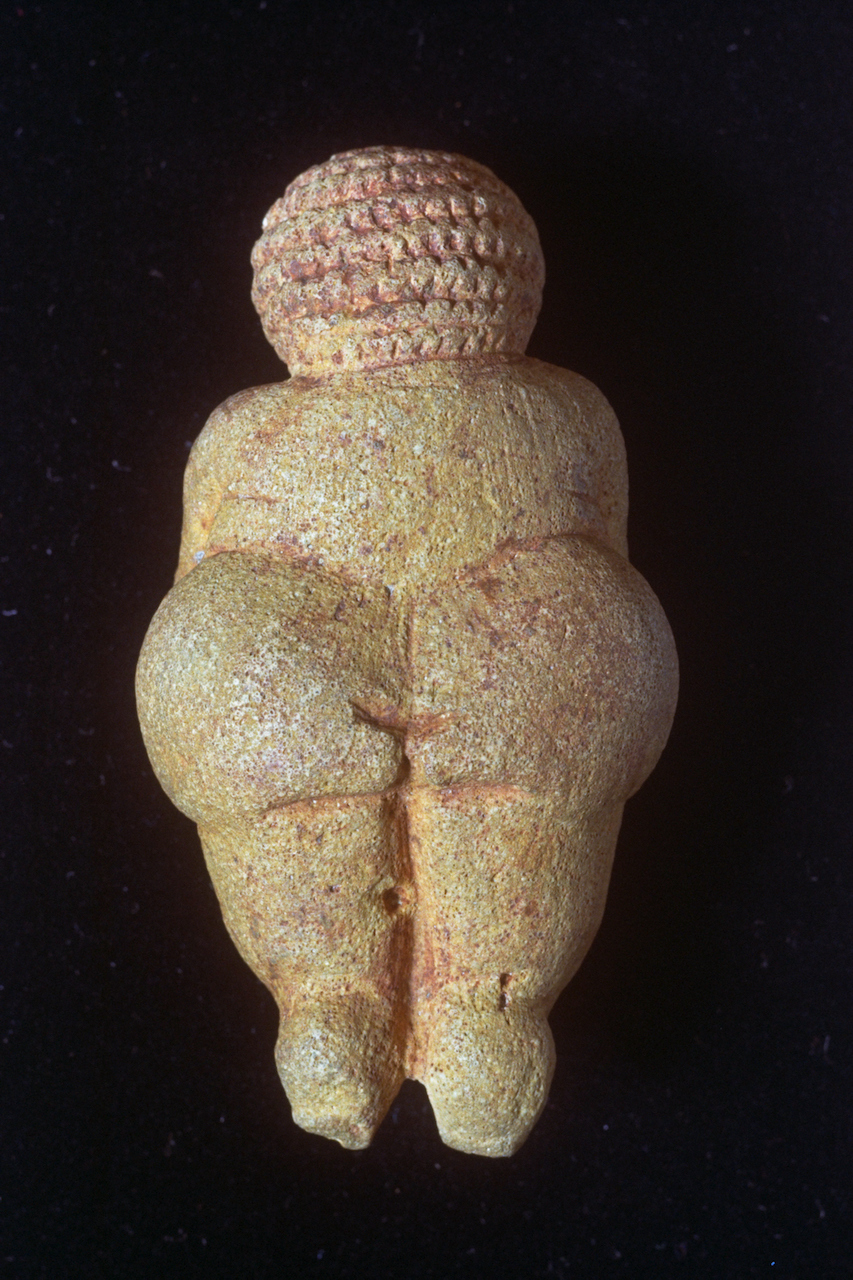
Qué sabemos de la Venus de Willendorf la enigmática figurilla prehistórica de la fertilidad
Dating back around 29,500 years, the Venus of Willendorf is the most important object in the entire NHM Vienna collection and one of the most famous archaeological finds in the world. It was discovered on 7 August 1908 during excavation work led by Josef Szombathy - then curator of the Prehistoric Collection at the Imperial and Royal Natural.
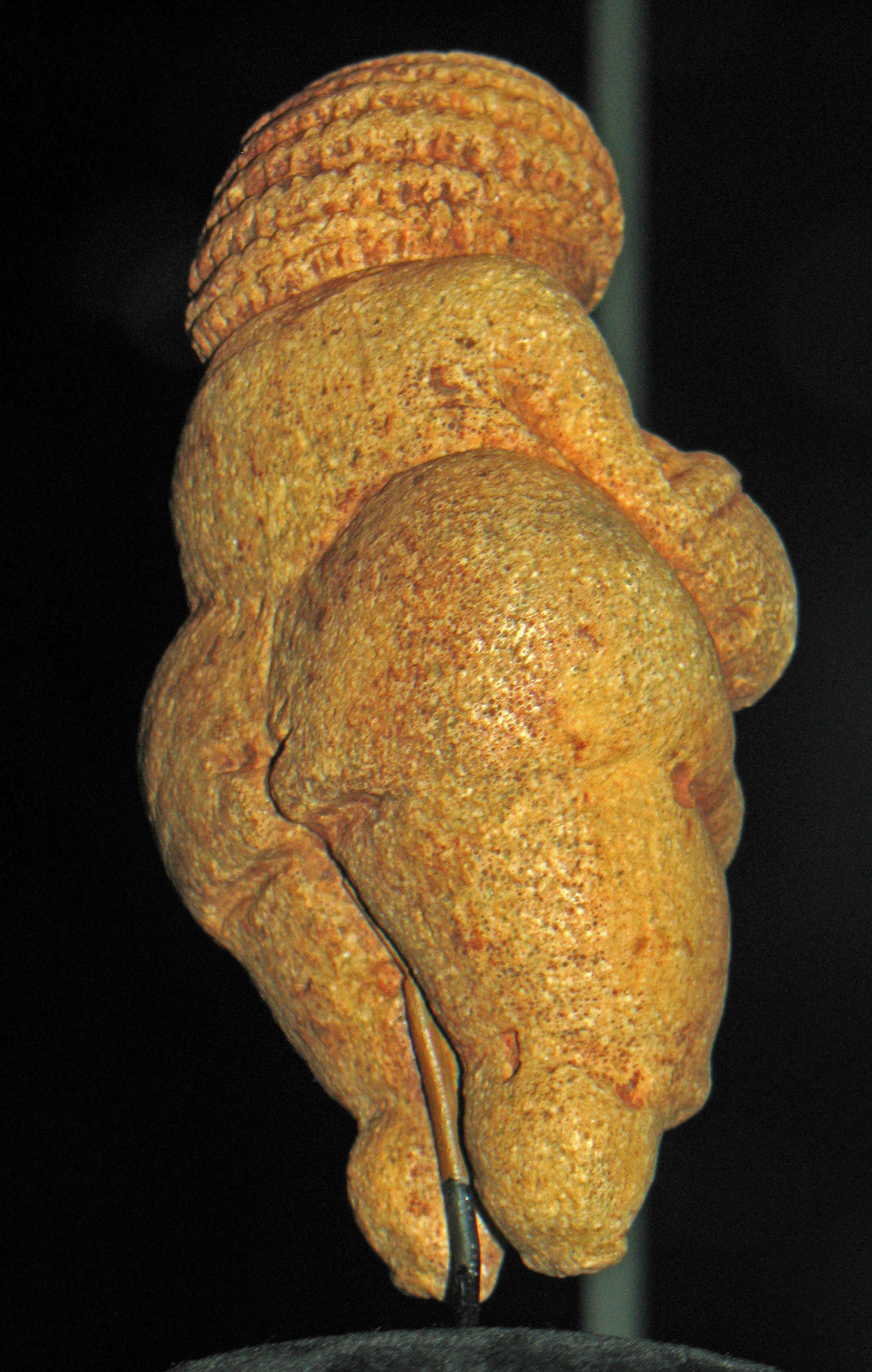
The Venus of Willendorf
29 500 years ago a stone figurine was covered with red ochre and hidden in the ground near Willendorf (Lower Austria). Venus site 1908 Natural History Museum Vienna Szombathy immediately realized.